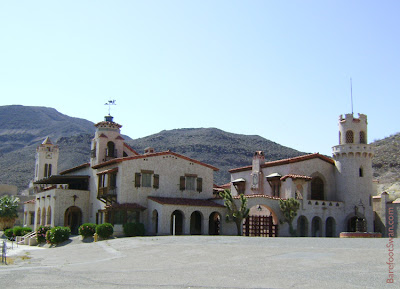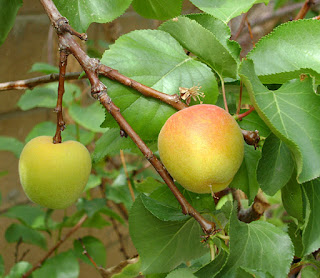Last week we found a cute little Shovel-nosed Snake living in our backyard.
He had paused at the edge of the planter where I was weeding, like he was trying to figure out what had disturbed his neighborhood.
I immediately stopped weeding to let him pass safely - and to grab the camera.
He quickly crawled under the plants and leaf litter as he moved through the planter.
Every now and then I could see him between the leaves and snapped a quick picture.
He moved very purposely toward the wall at the back of the planter, pausing to smell with his tongue, then proceeding cautiously.
When he reached the open area he moved quickly along the wall. He approached a small hole in the ground, paused briefly at the edge to taste again, then quickly disappeared down into the hole.
Shovel-nosed Snakes are smooth and shiny, with beautiful dark bands on a creamy white or pale yellow background. They are small, only reaching 16-17 inches in length and about as big around as a pencil. The jaw is underset, which helps it to burrow or "swim" under the sand where it usually rests during the heat of day. At night it emerges to feed on insects, centipedes, scorpions and moths. They are great guests to have in your garden.
This is a desert snake, found in appropriate habitats from southern Nevada to northeast Baja California, and west into central Arizona. They prefer areas with loose sandy soil they can burrow in, and sparse vegetation like mesquite and creosote.
 |
| Shovel-nosed Snake - Chionactis occipitalis |
We have found Shovel-nosed Snakes in our yard before, but this is the largest one so far. He has been lucky to escape the hawks, roadrunners and stray cats that regularly come through our yard. We'll be leaving the weeds in the planter, so he has some cover and protection. A good excuse to let the yard be a little more wild...










































